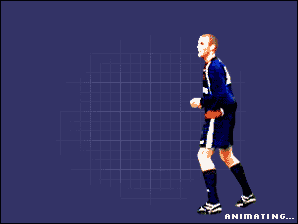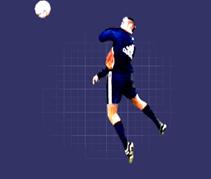

Heading
Heading is an inevitable part of football, both in attack and defence. If teaching heading, as a general rule, defensive headers should go high, wide and far, while offensive headers should be aimed towards the ground (as ground balls are harder for keepers to handle). Defenders usually will aim for the bottom half of the ball while attackers usually will aim for the top half. Initially, of course, it is most important to teach the correct technique (and the courage to use it), so it is not too important where the ball goes.
The key coaching points are:
- Put feet in a balanced, athletic, ready position with knees bent and weight centered evenly.
- Keep the neck stiff and lean back.
- Keep eyes OPEN, and watch the ball until contact!
- Keep mouth CLOSED to avoid injury!
- Move head forward towards the ball and contact the ball with the forehead area between hairline and eyebrows.
- Arms should reach forward as the ball is coming and pull backwards as the head moves forward.
- Follow through to the target area.
- If you hit the ball on its bottom half, the ball will go up.
- If you hit the ball on its upper half, the ball will go down.
Basic heading:

- The ability to head the ball is a vital skill to have - whatever position you play in.
- The forehead is the safest and most effective part of the head to use.
- So get yourself into the best position and get the timing of your headers right.
step 1 As you prepare to jump, it is important to keep your eyes focused on the ball. |
step 2 As you jump, generate power by: |
step 3 Try to head the ball at the highest point of your jump. |
Defensive headers:
123 In a defensive area, the aim is to head the ball as high and as far away from your goal as possible. |
step 1
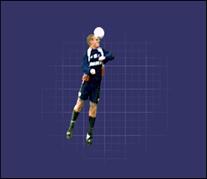
Get in line with the ball as quickly as you can - you want to get to it before your opponent. |
step 2
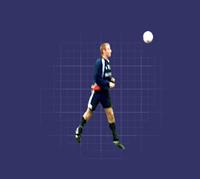
Be really careful what you do with your arms. |
Attacking headers:
123
Work on your attacking headers and you will send fewer chances over the bar, and more into the goal. |
step 1 Get into line with the ball as quickly as possible. |
step 2 Head the ball with your forehead, making contact with the centre or the top half of the ball to send it downwards. |




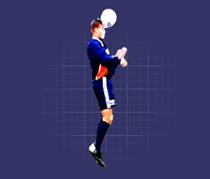
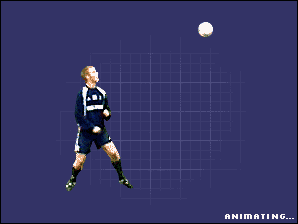 .
. 